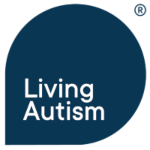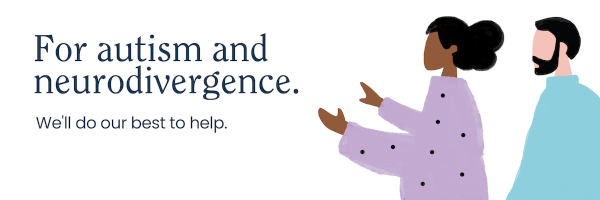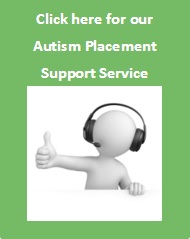Although there are no definitive intervention guidelines or single treatment that can dramatically enhance long-term outcomes, strategies exist that can be used to address the core deficits of adults with autism spectrum disorder (ASD). I consider these core deficits as “skill deficits” because they have not been learned instinctively as with the “neurotypical” individual. While psychotherapy (e.g., CBT) and counseling are helpful, the overarching goal of intervention planning should be the development of social and communicative competency through direct teaching, modeling, coaching, and role playing activities in real world situations.
Psychoeducation
There is no adult-onset ASD. Symptoms have generally been present in childhood and extend into adulthood. Following an accurate diagnosis, education about the effects of ASD on home, community, and occupational functioning is an important starting point. Providing reading materials and basic information about the disorder can result in greater self-knowledge and self-awareness on how ASD affects personal development, behavior, relationships, and view of the world. Discussion topics might focus on important aspects of everyday life such as communication, understanding feelings, and friendships, and written activities to enhance self-discovery, positive action, change, and shift in perspective. Autobiographical accounts such as “Pretending to be Normal: Living with Asperger’s Syndrome” (Willey, 1999) and “Unwritten rules of Social relationships” (Grandin & Barron, 2005) can also be helpful in promoting a greater self-understanding and positive self-schema. A personal perspective can be valuable in explaining the nature of adult ASD and help realize a positive reaction to the diagnosis.
Social Stories
Social stories are a popular method for teaching individuals with autism ASD about social behavior (Gray, 1998). A social story is a brief narrative used to explain social rules and concepts. The description may include where and why a specific situation occurs, how others feel and react, or what prompts the individual’s feelings and reactions. The story features an introduction that clearly identifies the topic (e.g., friendship, maintaining a conversation, listening), a core section that adds detail and social knowledge, and a conclusion that reinforces the information and any new suggestions. Social stories may be written documents or used with videotapes. They can be used effectively to enhance perspective-taking skills and to introduce the idea of inferring the mental state of others.
Computer programs such as Mind Reading: The Interactive Guide to Emotions (Baron-Cohen, 2007) may also be used with adults to help them understand emotions and improve theory-of-mind abilities. This interactive software teaches the individual with ASD to recognize and understand the thoughts, emotions, and intentions of others by demonstrating facial expressions, body language and speech qualities associated with a wide range of emotions. The individual is provided immediate feedback on how to identify the subtle cues that signal the thoughts and feelings of others.
Social Autopsies
A social skills autopsy is a problem-solving strategy designed to decrease the possibility that a social misunderstanding will reoccur. The individual actively participates in analyzing real world social interactions to identify the cause and effect relationship between his or her behavior and the positive and negative reactions of others. Specific social problems are discussed after the event and reviewed in sequential form. The clinician helps the individual identify the who, what, when, and where of the situation. Several behavioral options are then considered by identifying one or more alternative actions he or she could have taken. Following each option discussed, a consequence is clarified. A plan or strategy is then formulated to carry out the appropriate alternative if the social situation occurs again. The individual also practices carrying out the plan by visualizing the strategy, writing down the plan, talking with a safe person about the plan, and/or role-playing.
Conclusion
There is a large and heterogeneous group of adults with ASD who were not identified in childhood and did not receive the appropriate interventions and supports. It is not uncommon for many adults with ASD to escape formal diagnosis until they come to the attention of psychologists and other mental health professionals. The late diagnosis of ASD in adulthood and treatment of adult ASD argues for a more intense focus on education and research to improve outcomes for this group of individuals whose social problems and often subtle theory-of-mind challenges impact their personal and social lives.
http://bestpracticeautism.blogspot.co.uk




